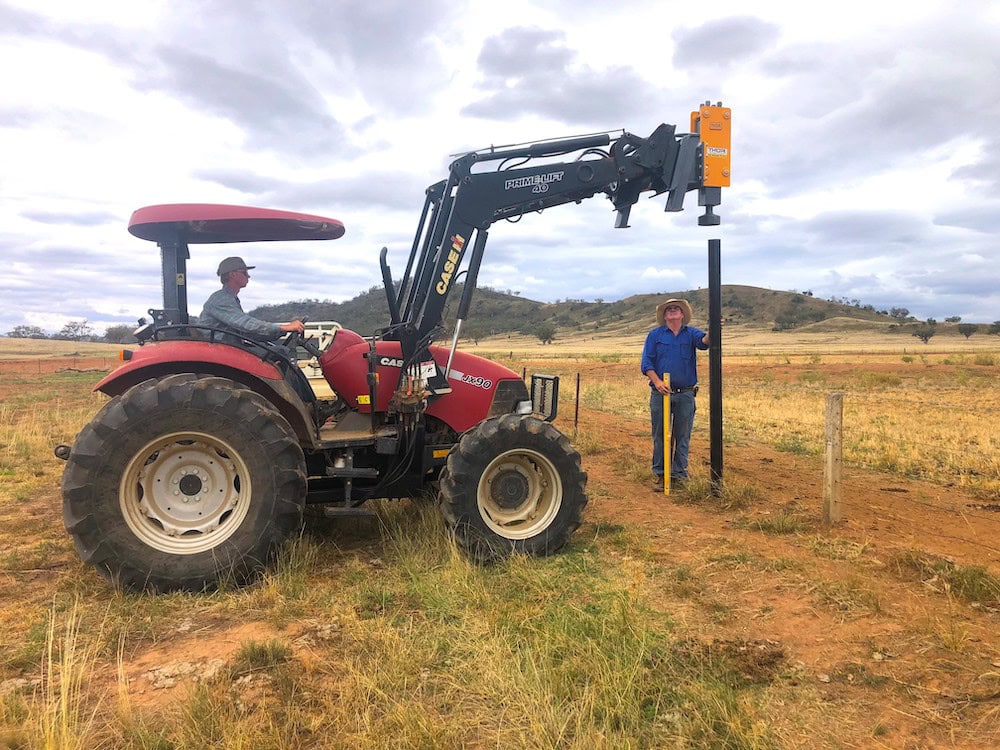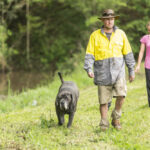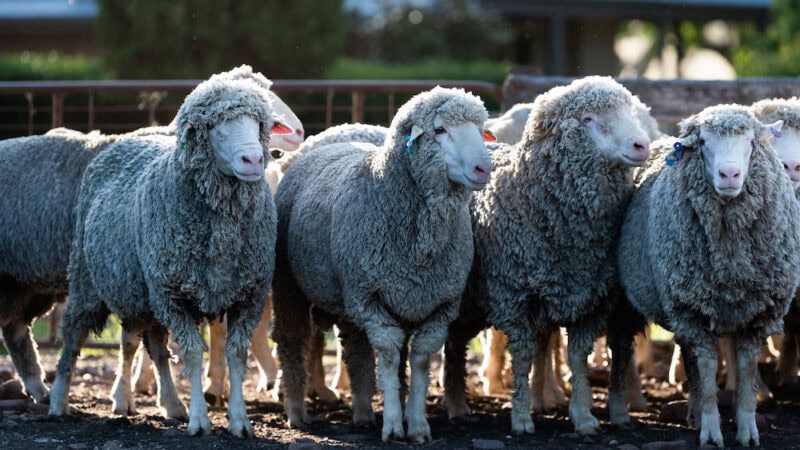Traditionally in Australia, the family farm has been passed on to the next generation. But…
Getting it right: fencing & stockyards

While the repair of flood and bushfire damage can lead to spikes in demand for stockyards and fencing equipment, Australian manufacturers are seeing market drivers shift as agriculture, alongside rural and regional Australia, changes.
Maintaining ground cover drives paddock subdivision
According to Whites Rural national innovation manager, Brian Gray, �more and more people are starting to realise the need to work with the land � to be kinder to the land by having lots of smaller paddocks and moving the animals to maintain ground cover at all times. This is a growing trend as during the last drought some farmers did a lot better than others and people are taking notice and changing the way they do things.�

Brian noted that the trend for people to flee the crowding and traffic congestion of our cities to move to rural areas is also driving uptake of fencing.
�As people move to rural areas wanting their own little slice of the country lifestyle, there are lots of smaller blocks that their new owners want fenced and there is a wider variety of things being kept in and kept out.�
Good fencing key for biosecurity
�There are a lot of new farmers coming onto, or back to the land. They�ve grown up on the farm, moved away and come back or made the decision they want to be on the land,� says Whites Rural national sales manager, Matt Stinson. �These people want the lifestyle farming offers but they also very much realise that farming is a business.
�With commodity prices high, they see livestock as a valuable asset that needs to be protected from predators and there is also increased emphasis on biosecurity.�
Whites Rural national sales manager, Matt Stinson.
�Biosecurity means good fences. For example, feral pigs carry woody weed seeds across the countryside, and we are hearing a lot more from farmers about the need to keep feral animals out as much as keeping their own animals in.�

Brian adds that land use changes can also drive changes in fencing. �On a recent episode of Landline, there was a story about two major pastoral companies adding goats to their enterprise mix. The sort of fences that will hold cattle, won�t hold goats, so changes like that will also continue to drive investment in new and upgraded fencing.�
Murray Products is investing to keep up with demand and has one of only three machines in the world that can do a wide range of manufactured fencing that is a generation beyond established technology such as hinge joint and ring lock.
�With these machines we can now design fences around what farmers are trying to keep in or out, whether it is feral animals or some of the old heritage breeds that are becoming popular again. One size does not fit all,� Brian says.
Automation proof of concept drives sales of stockyards
Clipex national sales director Stafford Olsson is seeing an upsurge in farmers upgrading their permanent stock yards.
�We are still selling the smaller semi-permanent sort of yards, but we�re definitely seeing an uptick in people investing in permanent yards with some of the newest technology such as auto drafters and tag readers,� he says.
�People have had good seasons for the last couple of years, which is encouraging them to spend money on infrastructure. But it�s also that we now have some runs on the board and people can see a set of the latest yards in action, touch them and see how they work.�
Clipex national sales director Stafford Olsson.

�There is also some government regulation impetus now that NSW and Queensland are phasing in mandated EID tags for sheep, so we�re already seeing increased interest in tag readers from sheep producers.
�Similarly, we�re seeing a lot more of our automated crushes purchased to do auto drafting and the like,� he says. �It�s a similar situation when it comes to permanent yard investments. People are starting to see that other people have got them or now that field days have started up again, they can see them physically. It�s really hard to invest in that level of technology if you�ve only seen a brochure or a video and never been able to actually touch and feel the product so you can fully understand it.�

Labour shortages force farmers to do it for themselves
Labour shortages continue to affect farmers whether they are trying to complete a fencing project, install new stockyards or just get their fruit picked or crop sorted.
Aussie famers, however, are an innovative lot, and they�re getting on with the job and doing it themselves, a trend which is leading to new opportunities for Australian equipment manufacturers.
Thor Rock Breakers have taken a tried and tested hydraulic power cell and produced a range of post drivers that can be run from a tractor loader, excavator or telehandler.
At a fraction of the price of traditional post drivers, One Stop Machinery Shop managing director, Simon Taylor, says farmers � sick of waiting for fencing contractors to get to their project � are buying one of their Thor post drivers and getting on with doing the job themselves.

�Fencing is never finished but farmers can�t get fencing contractors, unless they are prepared to wait six months, or even a year. As a result, many of them are looking to do the job themselves which has the advantage that they can do the job in their own time and at their own speed, both in terms of labour and in spending on materials.
�Our post driver products are at a good price point, especially when you take into account the great build quality. We�re seeing a lot of families and neighbours working together to buy one of our post drivers and just get in and get the job done across a number of properties.�
All of the manufacturers The Farmer spoke to were seeing high demand for their products and supply chain issues for the most part have been managed. However storm clouds may be gathering on the horizon.

�Talk about inflation and interest rates is having an impact on people�s outlook,� says Matt. �Confidence was sky high 12 months ago and it has now dropped as people are stepping back a bit and weighing up their options, as the cost of fertiliser and fuel means there is not quite as much money around as there was last year.
If you enjoyed this feature on stockyards and fencing, you might like our story on farming on the land and in the sky.







